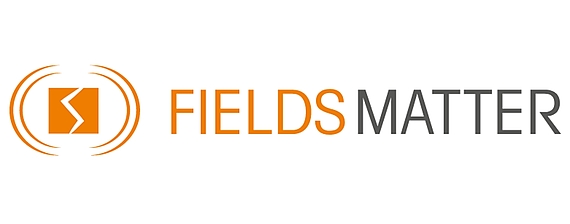The impact of high current densities and magnetic fields on the microstructure of nanocrystalline iron- and nickel-based alloys and related effects during spark plasma sintering of these alloys
Topic
In the present project the stability of the nanocrystalline structure of metallic alloys, which are subject to high current densities and high magnetic fields, shall be studied. Interstitial, nanocrystalline iron- and nickel-based alloys (iron with carbon, nickel with oxygen) are prepared as thin films on silicon by sputtering and used as model systems to measure grain size and phase separation as a function of electric current density and magnetic field strength. The high thermal conductivity of silicon as a substrate allows the application of large electric current densities enabling interstitial atoms to move long distances. First results reveal that current densities as high as 4 MA/cm2 lead to enhanced grain growth with iron grains being elongated in the direction of the electric current. The formation of these large grains is triggered by carbides forming first and then being dissolved by electromigraton. By switching on a large magnetic field oriented parallel to the surface of iron films leads to a colossal lining up of crystallographic orientation within the plane of the films. To interpret these experimental findings in both a qualitative and quantitative way requires controlled experiments. Deeper understanding of the novel phenomena will pave the way for application of the related novel microstructures. In addition to the fundamental aspects of the project, the Fe-C alloys will be prepared differently as nanocrystalline powders by field assisted sintering technique or spark plasma sintering (FAST/SPS). The technological aim is to obtain useful bulk nanocrystalline iron- or nickel-based alloys (i.e. nanocrystalline steels) at low enough temperatures, where grain growth is suppressed or is isotropic. In addition, these compact samples will be used to study grain growth in high magnetic fields compared to the 2-dimensional growth in thin films. The effect of temperature, current density and magnetic field strength during powder compaction can be elucidated by comparing the microstructures of samples prepared by FAST/SPS with corresponding changes in our model systems. Thus the effect of the current density present during FAST/SPS and absent during conventional sintering could be revealed and compared with the results obtained for thin films in the fundamental part of the study.
Contact person(s)
Prof. Dr. Reiner Kirchheim | Prof. Dr. Cynthia A. Volkert |
|---|---|
Georg-August-University of Göttingen Institute of Materials Physics | Georg-August-University of Göttingen Institute of Materials Physics |
Friedrich-Hund-Platz 1 37077 Göttingen | Friedrich-Hund-Platz 1 37077 Göttingen |
Tel: (+49) 551 39 5001 | Tel: (+49) 551 39 5011 |
Fax: (+49) 551 39 5000 | Fax: (+49) 551 39 5000 |
Proj.-Nr. KI 230/41-2 | Proj.-Nr. VO 928/11-2 |

